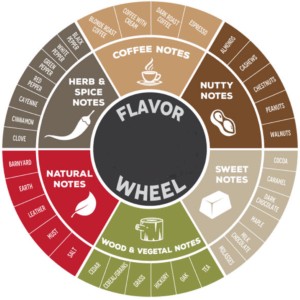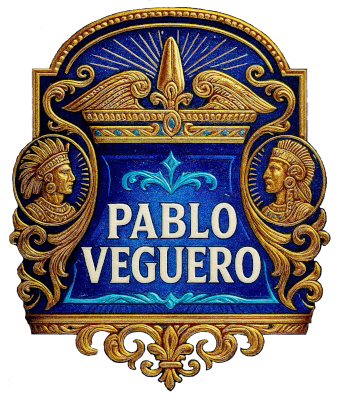
A cigar flavour wheel is a tool used to describe and categorise the complex flavours and aromas found in cigars. This can help enthusiasts and reviewers articulate their tasting experiences. This circular chart is divided into sections, each representing broad flavour categories that include more specific descriptors. Click here for a larger image Cigar Flavour Wheel
Each brand and type of cigar has its unique taste. Basically, the factors which contribute to the aroma and flavour of a cigar are: tobacco types, quality of tobacco, binder type, wrapper type, age/aging method and production techniques.
Another factor is the priming of tobacco which refers to the position of the leaves on the tobacco plant when they are harvested.
- Lower priming’s (Volado) burn easily and offer a milder, more delicate flavour, making them ideal for combustion.
- Mid-level leaves (Seco) contribute balanced flavour and aroma.
- Upper priming’s (Ligero) receive the most sunlight and nutrients, resulting in thicker leaves with more strength, body and intensity.
Master blenders use a mix of these priming’s to create complexity and balance in a cigar.
Because the unique combination of soil, climate, altitude, and farming practices plays a critical role in shaping the flavour of premium cigars. Tobacco grown in different regions can produce vastly different characteristics.
For example, Nicaraguan tobacco often delivers bold, spicy notes due to its volcanic soil, while Dominican tobacco tends to offer a smoother, more refined profile. Of course even small changes in elevation or rainfall can influence a leaf’s texture, strength and aroma. This connection to the land is the foundation of what gives each cigar it’s distinctive identity.




